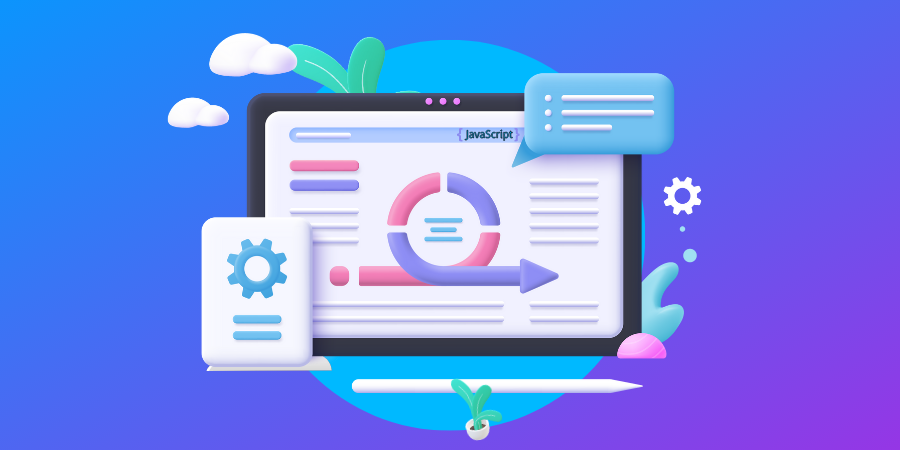Custom Website Development: Your Guide to Building the Perfect Online Presence
In today’s digital age, having a strong online presence is more important than ever. For businesses, a well-designed website is often the first point of contact with potential customers. This is where custom website development comes into play. Instead of opting for a one-size-fits-all template, investing in a custom website tailored to your specific needs can set you apart from the competition. In this article, we’ll explore what custom website development entails, its benefits, and a step-by-step guide to help you through the process.
What is Custom Website Development?
Custom website development refers to the process of building a website from scratch, tailored to meet the unique needs of a business or individual. Unlike pre-made templates, a custom site allows for greater flexibility, creativity, and functionality. Whether you need an e-commerce platform, a portfolio site, or a blog, custom development ensures your website aligns perfectly with your goals.
Why Choose Custom Development?
You might wonder, “Why should I choose custom development over templates?” Here are a few compelling reasons:
- Unique Design: With custom development, your website reflects your brand identity. You can choose colors, layouts, and features that resonate with your audience.
- Scalability: As your business grows, your website needs to grow too. Custom sites can be easily scaled to accommodate more products, services, or features.
- Enhanced Performance: Custom websites are built with your specific requirements in mind, resulting in better performance, faster load times, and improved user experience.
- SEO Optimization: A custom website can be optimized for search engines right from the start, helping you rank higher and attract more traffic.
Step-by-Step Guide to Custom Website Development
Now that you understand the importance of custom website development, let’s break down the steps involved in creating your ideal website.
Step 1: Define Your Goals
Before you dive into the development process, take some time to define your goals. Ask yourself:
- What do I want my website to achieve?
- Who is my target audience?
- What features do I need? (e.g., contact forms, e-commerce capabilities, blogs)
Having clear goals will guide the entire development process.
Step 2: Research and Plan
Once your goals are established, conduct research to see what your competitors are doing. Identify what works well and what doesn’t. Create a plan that includes:
- Site structure (pages and navigation)
- Design inspiration
- Functional requirements
Anecdote: The Bakery Next Door
Let’s consider the story of a local bakery, “Sweet Treats.” The owner wanted to reach more customers and showcase their delicious offerings. They started with a template website, but it lacked personality and didn’t effectively highlight their unique brand. After realizing the limitations, they opted for custom website development.
With a custom site, they included vibrant images of their pastries, a blog sharing baking tips, and an online ordering system. Within months, their online orders skyrocketed, and they gained a loyal customer base through effective SEO strategies tailored to their local audience.
Step 3: Choose a Development Team
Selecting the right team is crucial for your project’s success. You can choose to hire:
- A freelance developer
- A web development agency
- An in-house team
When making your choice, consider their portfolio, reviews, and expertise in custom development. It’s essential to find a team that understands your vision.
Step 4: Design and Development
This phase involves designing the layout and functionality of your website. Here’s what to focus on:
- User Experience (UX): Ensure your site is easy to navigate. A positive UX keeps visitors on your site longer.
- Responsive Design: Your website must look great on all devices, from desktops to smartphones.
- Content Management System (CMS): Choose a CMS that allows you to update content easily. Popular options include WordPress and Joomla.
Step 5: Testing
Before launching your website, conduct thorough testing. Check for:
- Broken links
- Loading speed
- Mobile responsiveness
- Compatibility with different browsers
Testing ensures a smooth user experience and helps catch any potential issues before your audience sees them.
Step 6: Launch and Monitor
Once everything is in place and tested, it’s time to launch your website! But the work doesn’t stop there. After launching, monitor your site’s performance using tools like Google Analytics. This will help you understand visitor behavior and identify areas for improvement.
Benefits of Custom Website Development
Investing in custom website development comes with numerous benefits:
- Tailored Features: Incorporate specific functionalities that cater to your business needs.
- Better Security: Custom websites can be built with advanced security features, reducing the risk of hacks.
- Long-Term Value: While the initial investment might be higher, a custom site often pays off in the long run through better performance and SEO.
Conclusion: Invest in Your Online Future
In conclusion, custom website development is an investment in your business’s future. By creating a website tailored to your needs, you not only enhance your online presence but also improve user experience and drive more traffic.
If you’re ready to take your website to the next level, consider partnering with a reliable development team to make your vision a reality. Don’t settle for generic templates—invest in a custom website that truly represents your brand.
For more information on custom website development, feel free to explore resources that can guide you through this exciting journey.









One Response
Howdy! Do you know if they make any plugins to help with Search Engine Optimization? I’m trying to get my website to rank for some targeted keywords but I’m not seeing very good gains.
If you know of any please share. Appreciate it! I saw similar
text here: Eco blankets